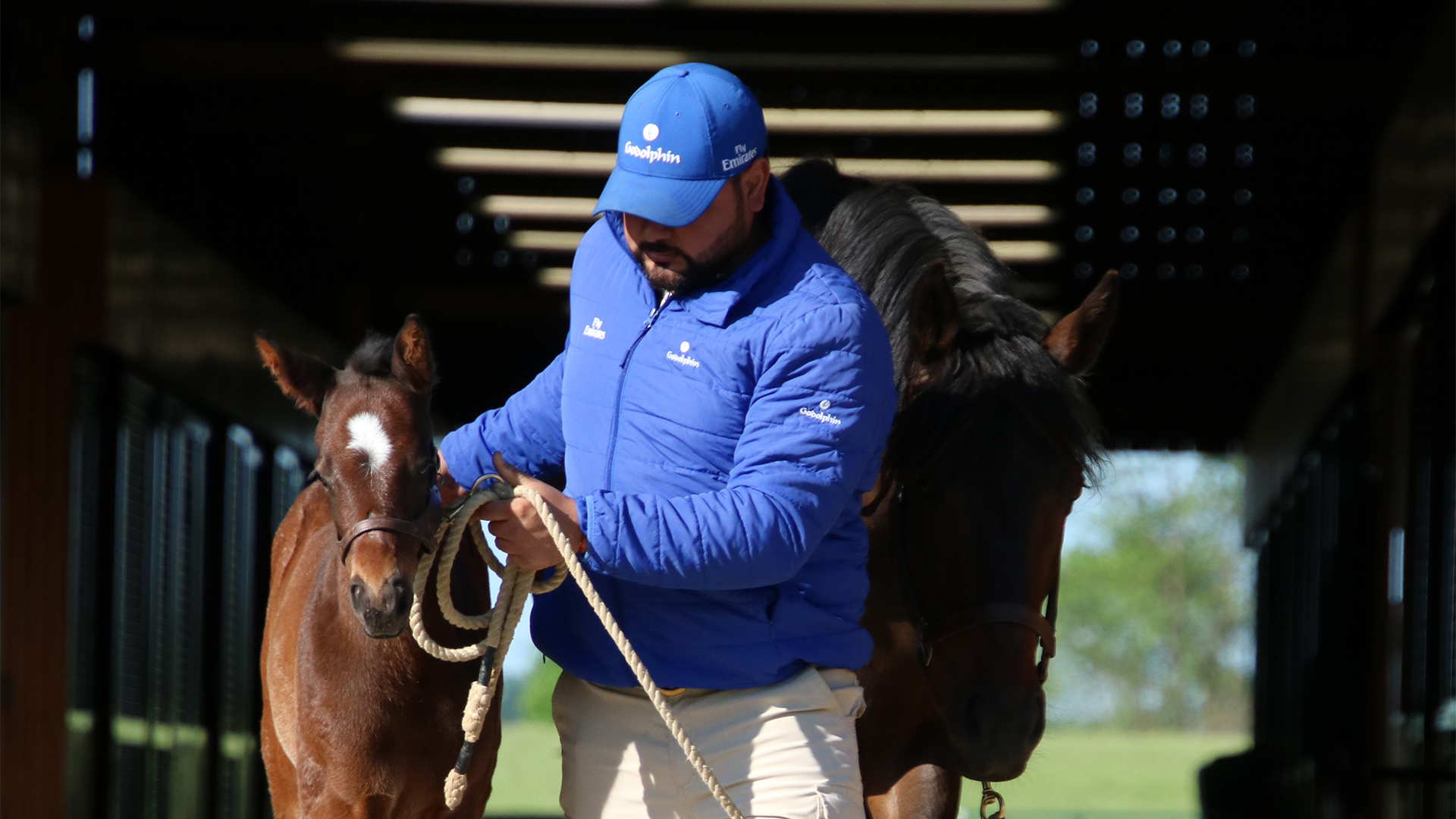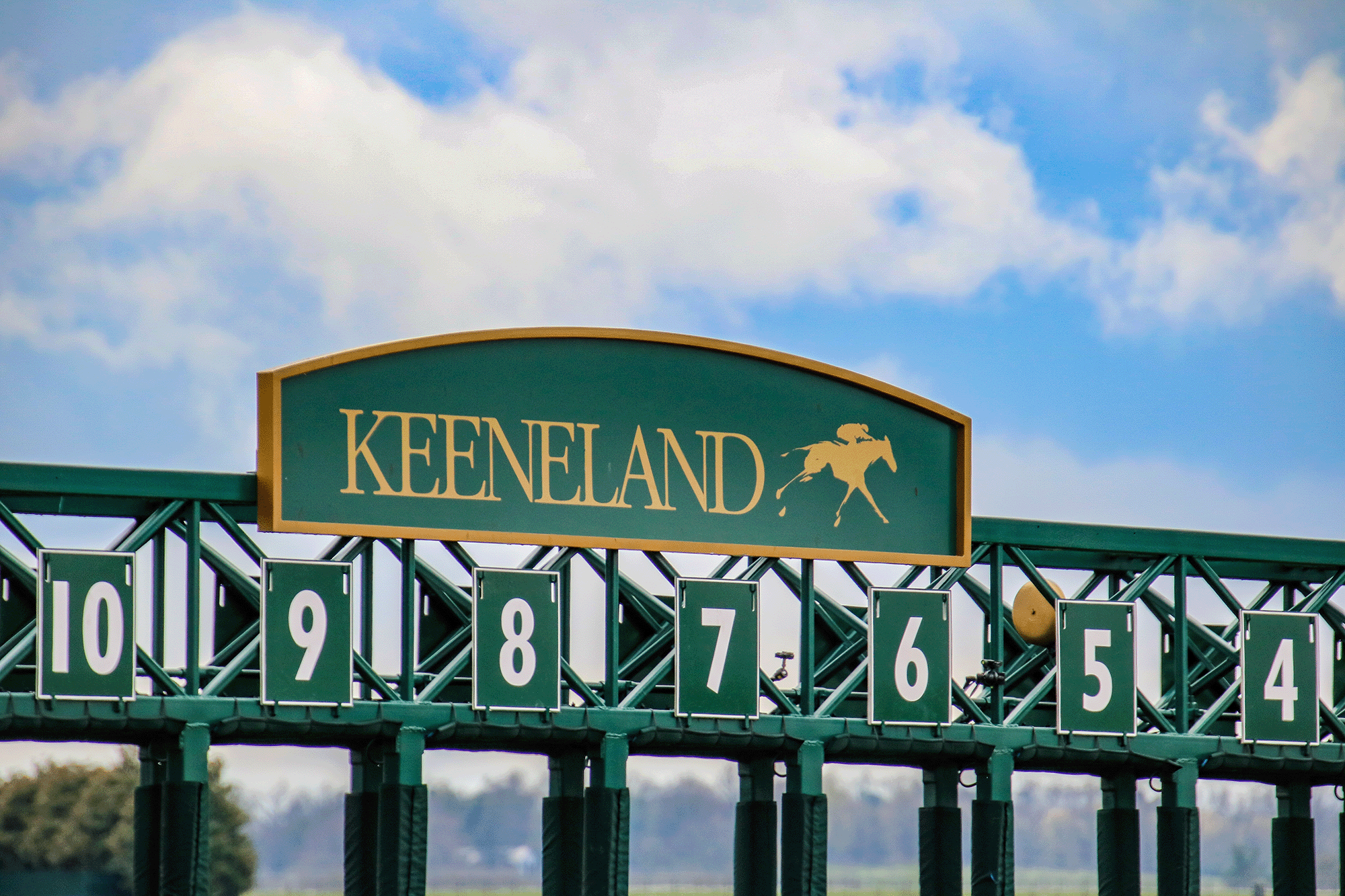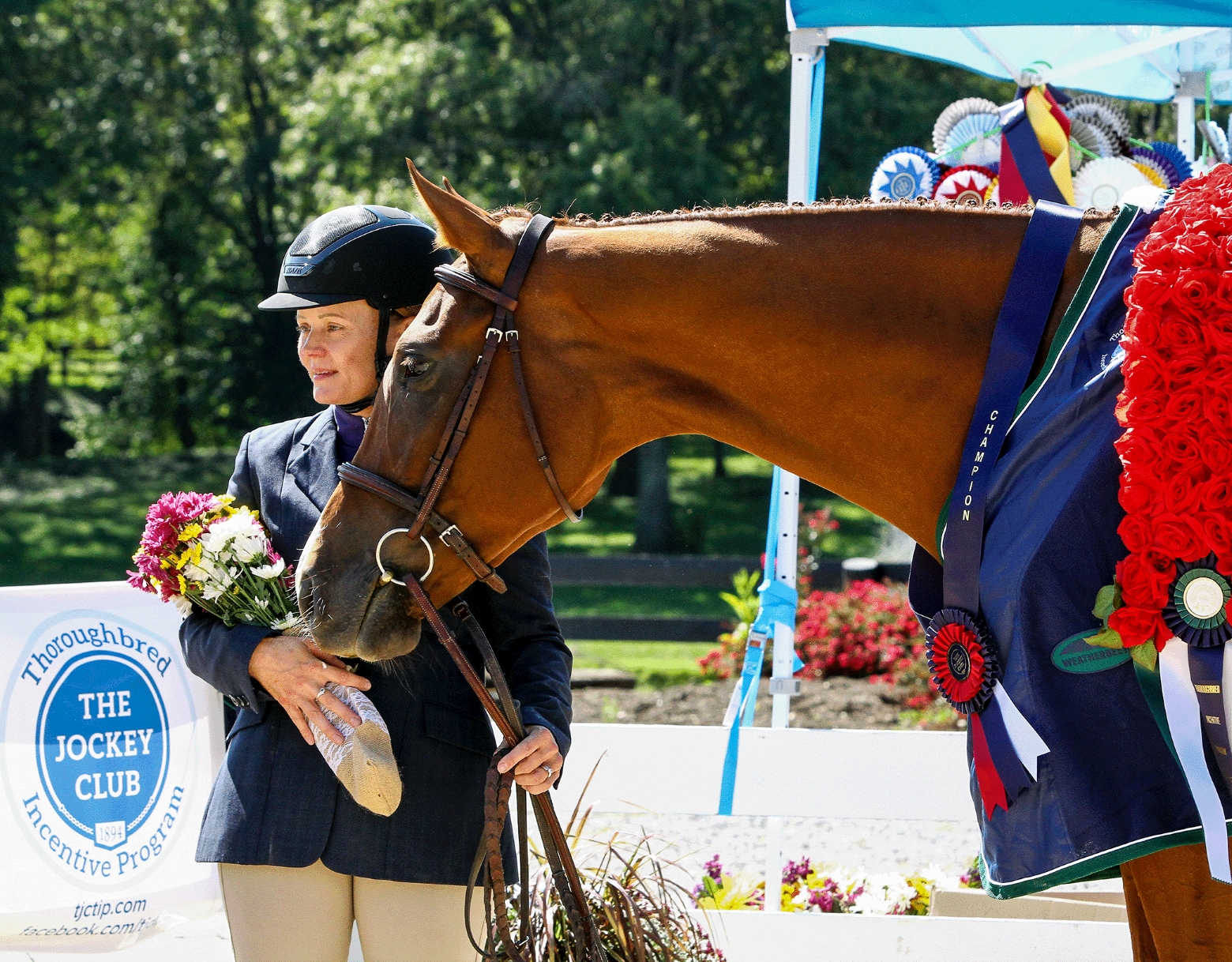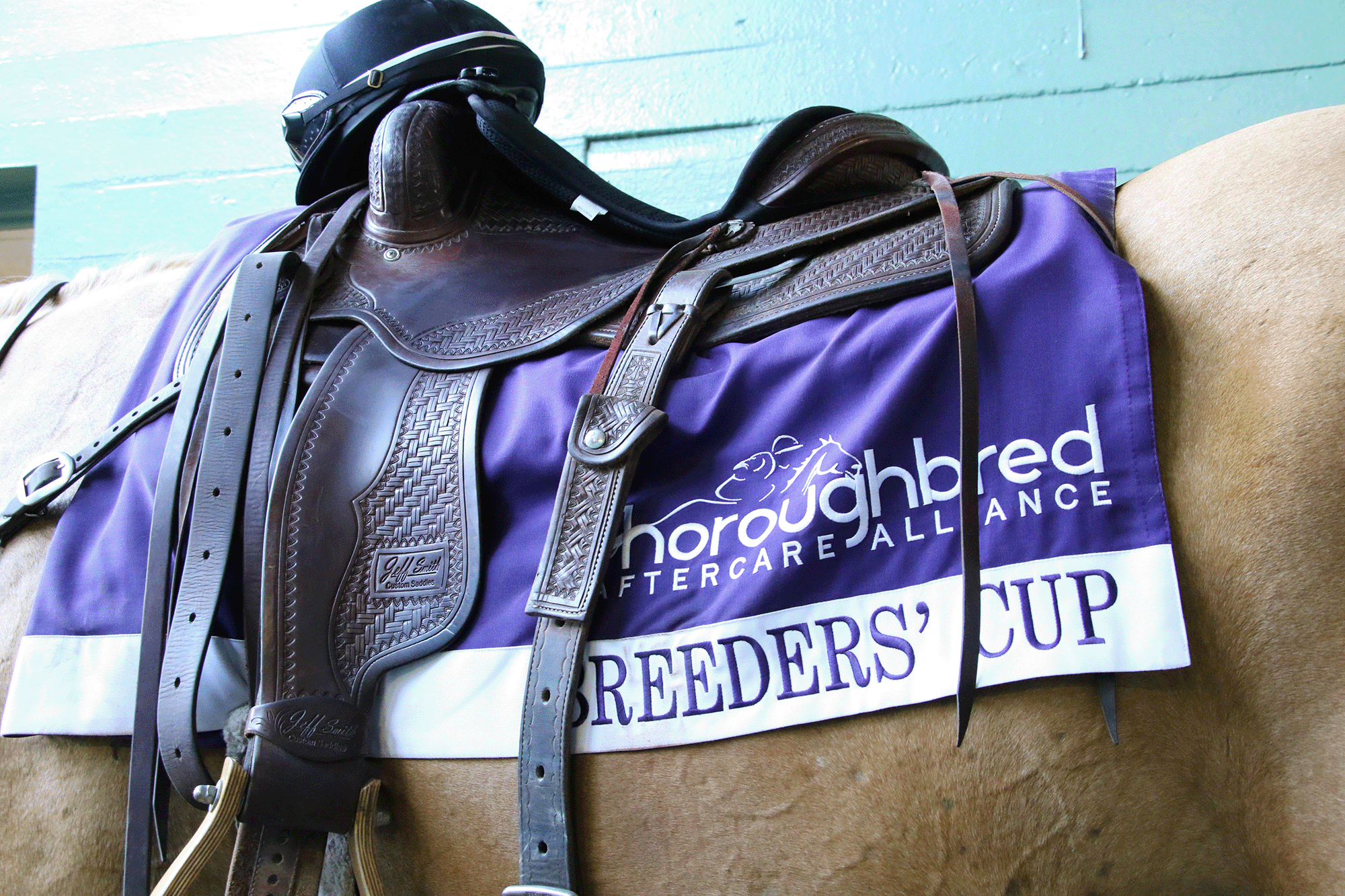Thoroughbred Aftercare Alliance Supporter
All Posts & News Press Releases Success Stories Aftercare Editorials Supporter Features Inspector Spotlights Previous Post Godolphin’s Commitment to Lifetime Care of Thoroughbreds Godolphin’s Commitment to Lifetime Care of Thoroughbreds […]
Read More >All Posts & News Press Releases Success Stories Aftercare Editorials Supporter Features Inspector Spotlights Previous Post Keeneland’s Support Vital from Inception to Present Keeneland’s Support Vital from Inception to Present […]
Read More >All Posts & News Press Releases Success Stories Aftercare Editorials Supporter Features Inspector Spotlights Previous Post The Jockey Club’s Key Role in Industry Initiatives for Thoroughbred Aftercare The Jockey Club’s […]
Read More >All Posts & News Press Releases Success Stories Aftercare Editorials Supporter Features Inspector Spotlights Previous Post Breeders’ Cup Has Been There from the Start Breeders’ Cup Has Been There from […]
Read More >
















